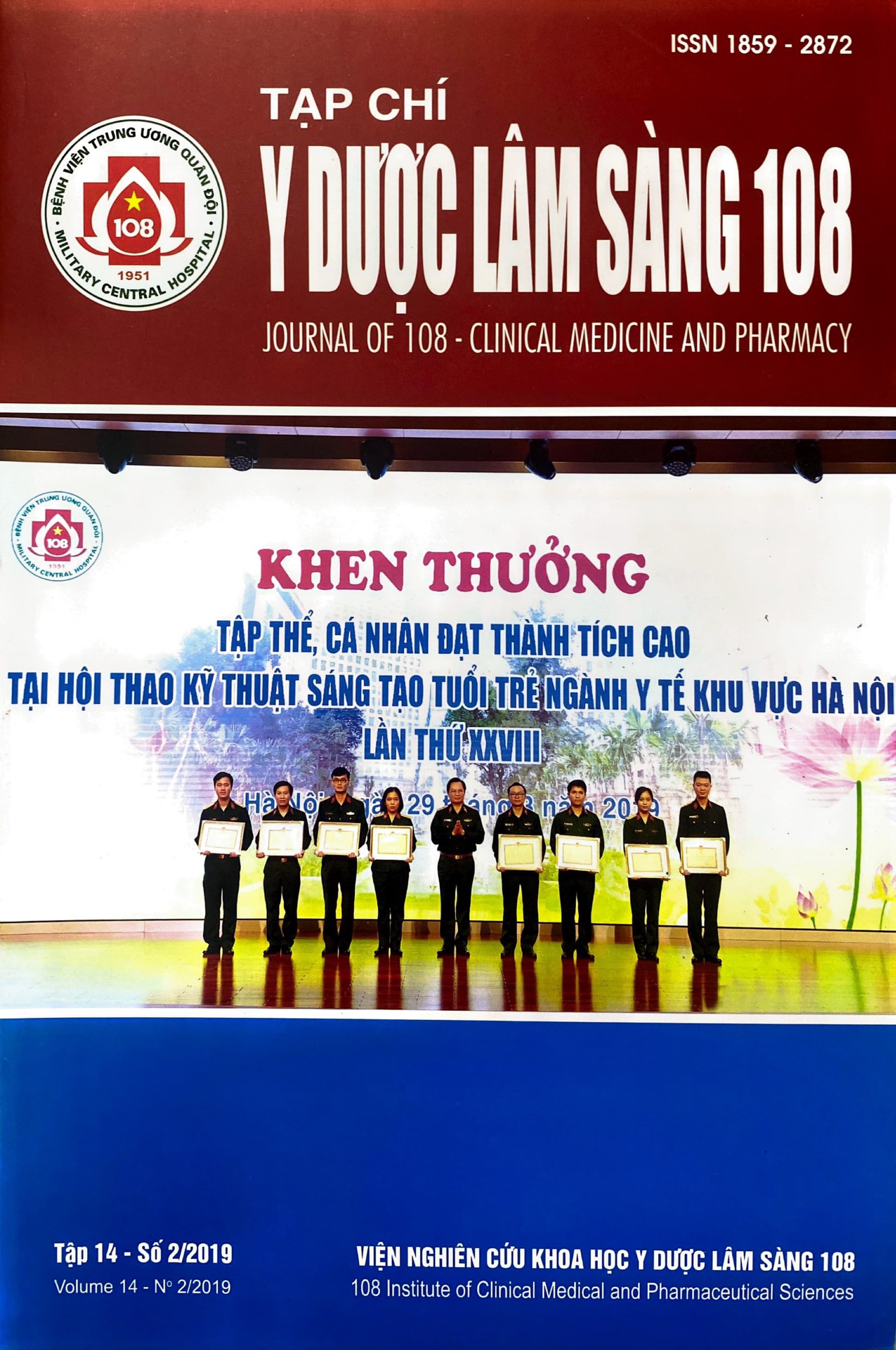Initial result of modified endoscopic retrograde cholangiopancreatography for treatment of common bile duct stricture in patients with gastroenterostomy
Main Article Content
Keywords
Abstract
Objective: Endoscopic retrograde cholangiopancreatography (ERCP) in patients who have undergone gastroenterostomy (GE) is difficult because of the anatomic changes in the digestive tract. The aim of study was to evaluate the efficacy of ERCP by using a front-viewing endoscope in patients who have undergone Billroth II GE. Subject and method: A prospective study was conducted on 10 common bile duct stricture cases with Billroth II GE underwent ERCP using a conventional endoscope. Result: Ten patients with Billroth II GE underwent ERCP. Three patients had choledocholithiasis and seven patients had malignant biliary strictures. The probability of success of endoscopic treatment was 7/10 patients (70%) included bile duct stone removal 3/3 (100%) and biliary stent placement for malignant tumors 4/7 (57.1%), there was no case of complication. Conclusion: ERCP using a front-viewing endoscope is feasible and may be the priority utilization in patients with Billroth II GE who have indication of removing bile duct stones or stenting biliary before deciding on surgery.
Article Details
References
2. Hashimoto M et al (2016) Treatment of biliary tract stones after gastrectomy in the era of laparoscopic cholecystectomy. J Hepatobiliary Pancreat Sci 23(11): 703-707.
3. Hausters P et al (1988) Cholelithiasis: A serious complication after total gastrectomy. Br J Surg 75: 899-900.
4. Wen-Guang Wu et al (2014) ERCP for patients who have undergone Billroth II gastroenterostomy and Braun anastomosis. World J Gastroenterol 20(2): 607-610.
 ISSN: 1859 - 2872
ISSN: 1859 - 2872
